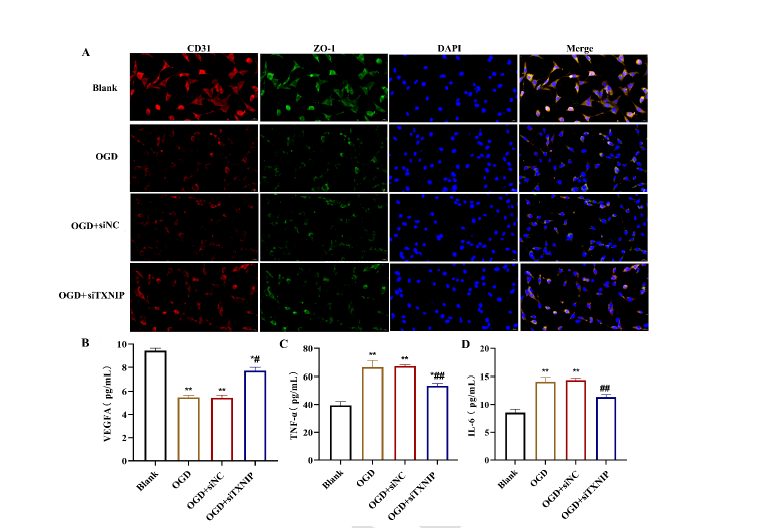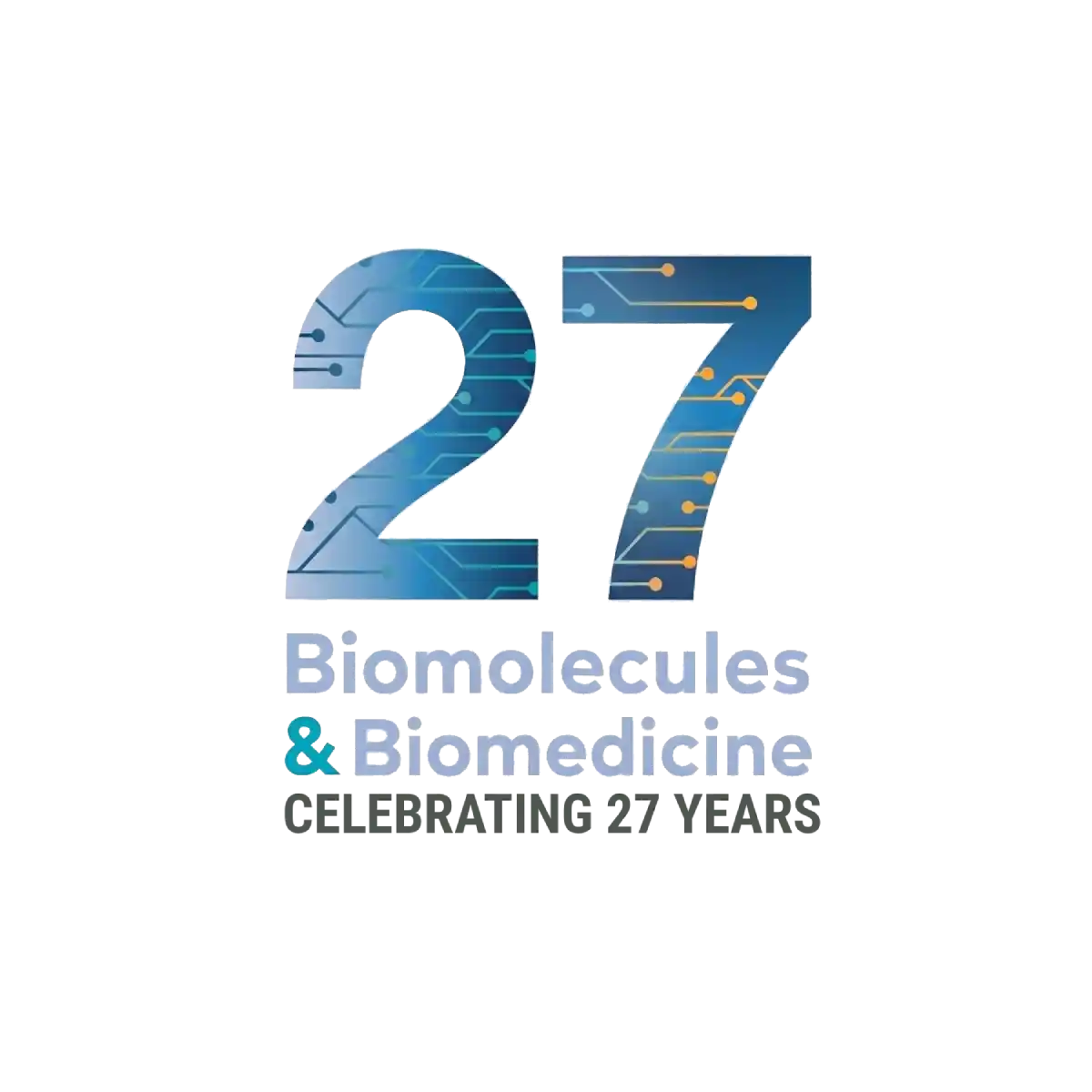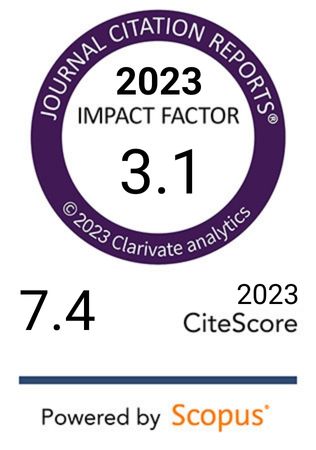Targeting TXNIP for neuroprotection: A novel approach to reducing inflammation and promoting recovery in ischemic stroke
DOI:
https://doi.org/10.17305/bb.2024.11366Keywords:
Thioredoxin interacting protein, TXNIP, ischemic stroke, inflammation, angiogenesis, blood-brain barrierAbstract
Ischemic stroke often results in high mortality and significant disability. Current research primarily focuses on understanding neuroinflammation and cell death following a stroke to identify novel therapeutic targets. This study investigates the endothelial cell-specific role of Thioredoxin interacting protein (TXNIP) in ischemic stroke and its underlying molecular mechanisms both in vitro and in vivo. By targeting endothelial cells, we aim to determine how TXNIP knockdown promotes neuroprotection, enhances angiogenesis, and reduces inflammation post-stroke. In vitro, an oxygen-glucose deprivation (OGD) model using bEnd.3 cells simulated ischemic conditions. Cellular injury was evaluated through cell proliferation and angiogenesis assays, while dual immunofluorescence staining assessed ZO-1 and CD31 expression. Western blotting measured protein levels of TXNIP, nucleotide-binding oligomerization domain-like receptor protein 3 (NLRP3), ASC, pro-caspase-1, and interleukin-1β (IL-1β). In vivo, a middle cerebral artery occlusion (MCAO) mouse model was employed to mimic ischemic stroke. Brain injury was evaluated using triphenyl tetrazolium chloride (TTC) and Nissl staining, and molecular changes in injury markers were assessed via Western blot analysis. In vitro, TXNIP knockdown promoted cell proliferation and angiogenesis, reduced inflammation, and decreased ZO-1 and CD31 fluorescence intensity. TXNIP knockdown also reversed OGD-induced upregulation of TXNIP, NLRP3, ASC, pro-caspase-1, and IL-1β. In vivo, TXNIP knockdown improved neurological recovery, reflected by lower Longa scores, increased Nissl body presence, and reduced infarct size. These findings suggest that TXNIP knockdown mitigates inflammation, enhances angiogenesis, and reduces cerebral damage following ischemic stroke. This provides valuable insights into potential endothelial cell-specific therapeutic strategies for stroke treatment.
Citations
Downloads

Downloads
Published
Issue
Section
Categories
License
Copyright (c) 2024 Chongxin He, Yong Bao, Yong Xu, Jingjing Cheng, Xinxin Hu

This work is licensed under a Creative Commons Attribution 4.0 International License.









